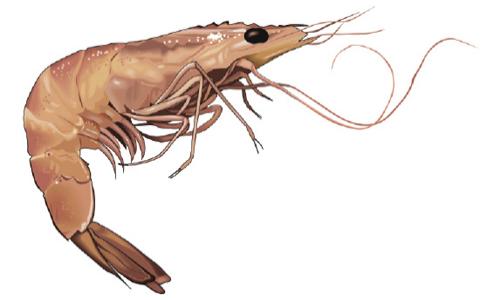
Tighter Rules to Deal with non-tariff Barriers are on the Agenda
At long last, the Asean Shrimp Alliance (ASA) has stepped forward to establish regional production standards, aimed at heading off pressure from importing countries.
A draft of the Asean Shrimp GAP (Good Agricultural Practice) was discussed recently in Bangkok by officials of some of Asean’s leading shrimp-producing countries, which include: Burma, Cambodia, Indonesia, Laos, Vietnam and Thailand. Together they produce 1 million tons of shrimp, about half of the entire global production.
The main concerns are: shrimp farming’s effect on the environment, barriers relating to farming processes, residues and price dumping. Asean standards fall below requirements of the Aquaculture Certification Council (ACC) of the US. Standards imposed by individual foreign buyers could also eventually add to production costs and weaken export competitiveness.
The recent meeting was conspicuously not attended by Brunei, the Philippines, Malaysia and Singapore, which have been working on the issue since last year with assistance from the United Nations’ Food and Agriculture Organisation (FAO) and the Network of Aquaculture Centres in Asia-Pacific.
ASA was formed in 2007 by Asean members, led by Thailand, Vietnam and Indonesia. These three countries controlled 42% of the world shrimp trade last year with combined production of 1.53 million tons.
The major markets for shrimp products are the US, the European Union and Japan. Thailand exported 395,000 tons of shrimp last year. Indonesia shipped 137,600 tons and Vietnam 100,000 tons.
In the first quarter of this year, Thailand exported 87,998 tons of shrimp products, worth 20 billion baht, a rise of 21% in volume and of 26% in value, from the same period of 2009.

